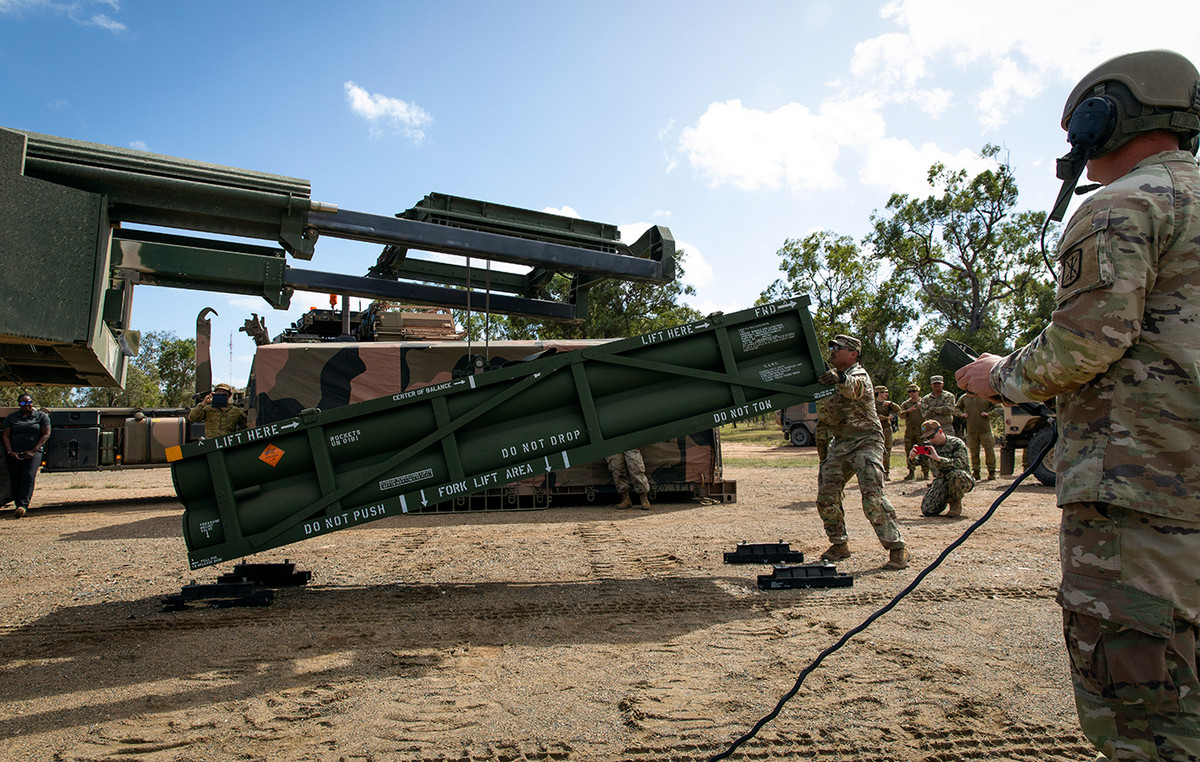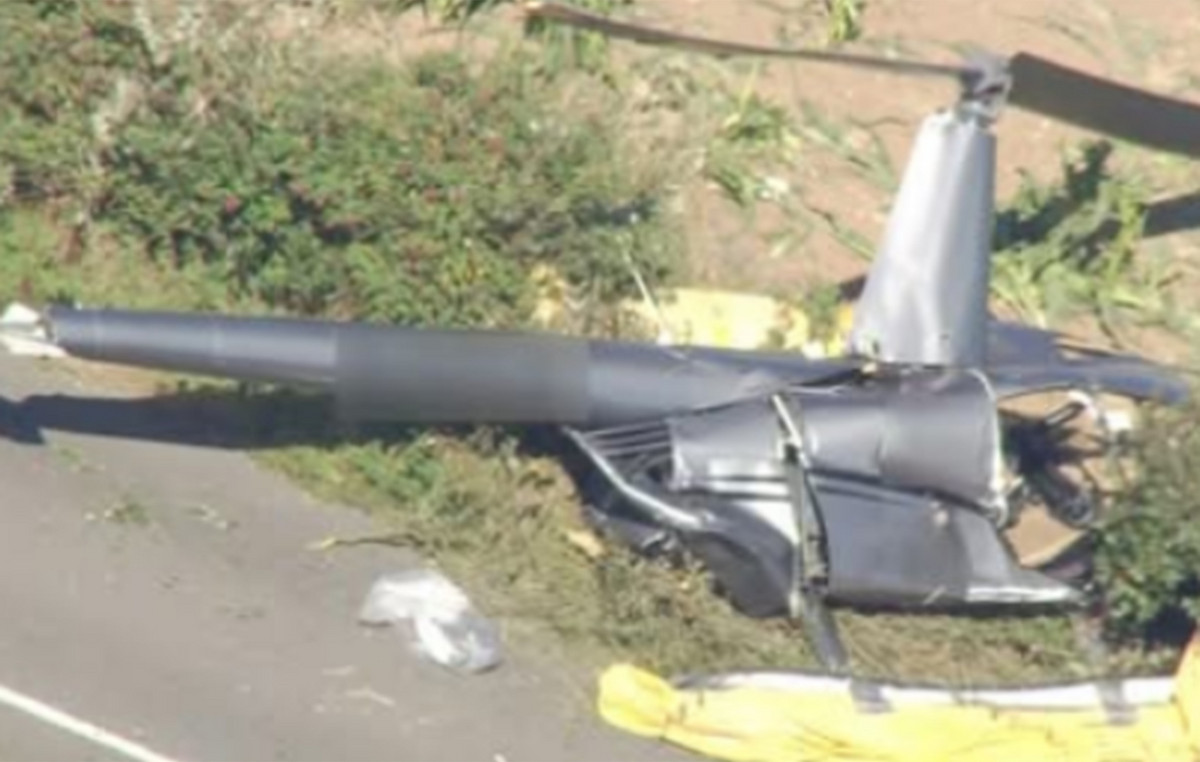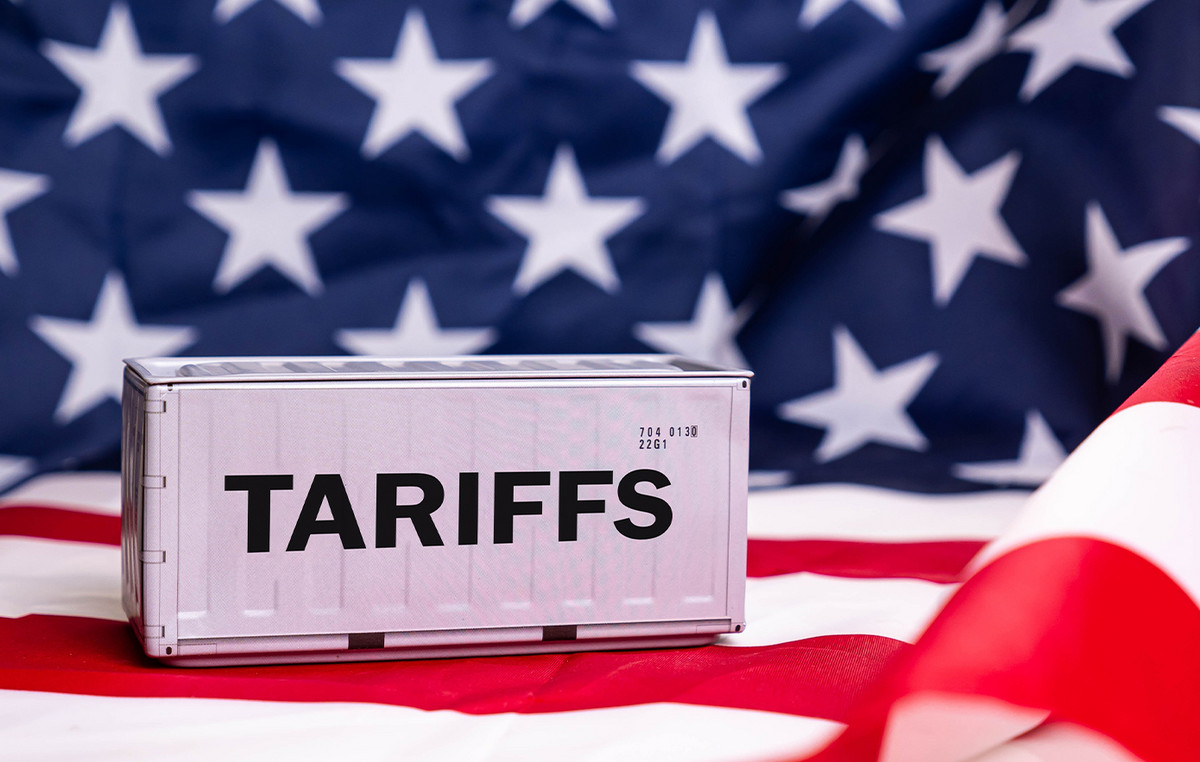The recipe looks like a winner: “Community-based monitoring, external facilitators who combine remote sensing early deforestation alerts with training and incentives for monitors,” say researchers Tara Slough, Jacob Kopas and Johannes Urpelainen. They, in July, published the results of this pilot project in the US scientific journal Proceedings of the National Academy of Sciences. They explain that hi-tech monitoring has made it possible to reduce deforestation in that area by 52% in 2018 and 21% in 2019: it means having saved 456 hectares of rainforest, equivalent to 234 thousand metric tons of carbon monoxide less. “Community participation in stopping deforestation is essential, because they are the ones who know the land most of all and at the same time reaffirm their rights to the land,” emphasizes Jacob Kopas. In particular, he adds, the most active are the most vulnerable communities, those who at the forefront face smugglers of all kinds: “The reductions observed have been massive, in fact, in the communities that face the greatest threats.” Another similar project: Amazonia 2.0, activated by the International Union for the Conservation of Nature (IUCN), the historic NGO based in Switzerland, thanks to European Union funds. Started in 2017, it will close at the end of this year and has a strong cross-border vocation, counting on 31 observation points in the Amazon region. Again, groups of monitors chosen by native communities, after training in monitoring and new technologies, they are involved in the field, collect information and share it. The pivot is a regional platform, GeoVisor, which is based on an interactive map, constantly updated with the data coming from the different points of the forest where the activist-observers move. The project coordinators act as facilitators between communities and authorities: “The logic”, explained the regional coordinator Braulio Buendia, “is from the bottom up.” Natives and farmers “become technical figures who watch over the sustainable management of their resources”.
In the case of Peru, for example, the project involved 12 Asháninka communities, living in the El Sira reserve, on the border with Brazil. Rebecca Dumet, the coordinator of IUCN in the Andean state, told the environmental journalism portal Mongabay how it was possible to address the conflict between state authorities, indigenous communities and loggers (illegal loggers) thanks to the constant data collection implemented on GeoVisor. In the face of overwhelming evidence, the state has had to acknowledge the abuses suffered by local communities. The real challenge, according to the Rainforest Foundation, is to be able to extend these community-driven tech experiences on a grand scale. There is an estimate: at least 64 million hectares to be monitored, conveying about 390 million dollars. The problem is to coordinate the government agencies and NGOs involved throughout the region and strategically address the many satellite surveillance projects that are already in operation. “If our results could be replicated elsewhere, they would really be able to contribute to sustainable forest management.”
To subscribe to Vanity Fair, click here.
.
Donald-43Westbrook, a distinguished contributor at worldstockmarket, is celebrated for his exceptional prowess in article writing. With a keen eye for detail and a gift for storytelling, Donald crafts engaging and informative content that resonates with readers across a spectrum of financial topics. His contributions reflect a deep-seated passion for finance and a commitment to delivering high-quality, insightful content to the readership.







